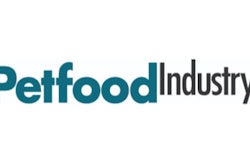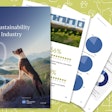
From Petfood Industry:
The number of dogs kept as pets in Japan has fallen 13% over five years, from almost 12 million in 2010 to just over 10 million in 2014. During the same period, the country’s human population has fallen too, but only by 0.8%. The number of cats kept as pets in Japan, however, rose nearly 4% to almost 10 million.
The survey, conducted by the Japan Pet Food Association, suggests that Japan’s housing options and quickly changing lifestyles are to blame for the decline in the number of dogs. Twenty-five percent of the survey’s respondents said they lived in a building where dogs were prohibited.
A study by the Nielsen Co. in June said Japan accounts for 6.6% of global pet food sales. Japan made up US$5.24 billion of overall retain sales in the Asia-Pacific pet care market in 2014.
In Japan, pet food made up the vast majority (72.3%) of the country’s 2014 pet care retail sales, bringing in US$3.79 billion, according to Euromonitor. Of that, US$2.05 billion (39.1% of all pet care sales) was dog food and US$1.56 billion (29.8%) was cat food. Pet products brought in another US$1.46 billion (27.9%).
Japan, in spite of claiming the largest Asia-Pacific pet care numbers, has seen stagnant and even negative pet food growth since 2009 as a mature market. Three of the four top Japan-based companies, as compiled in Petfood Industry’s Top Companies Database, each bring in more than US$100 million in revenue annually.
Japan's Dog Population Also Shrinking
In Japan, the population is shrinking rapidly-for dogs as well as humans. The number of dogs kept as pets fell by about 13% over five years, from 11.861 million in 2010 to 10.346 million in 2014, according to a survey conducted by the Japan Pet Food Association.
Read More at The Wall Street Journal
















